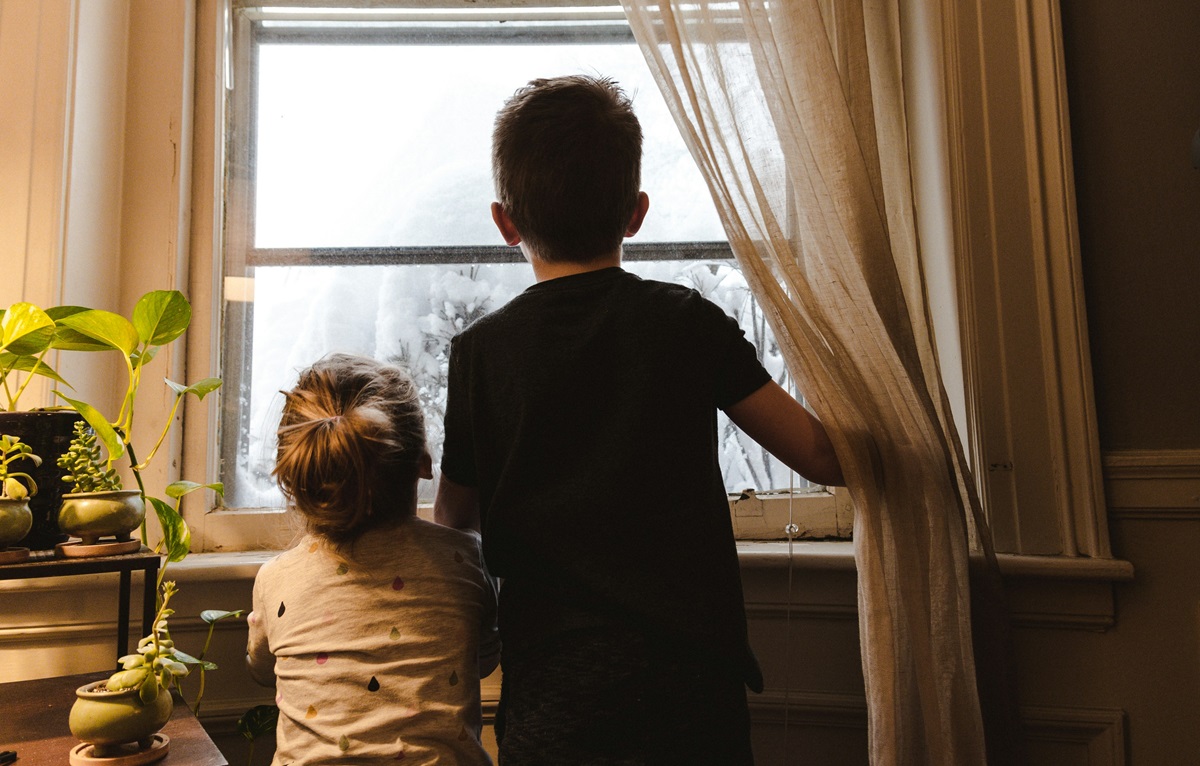Keeping your home warm and cozy becomes a top priority as temperatures plummet and the winter chill sets in. Making sure you keep your family warm during the colder months is about more than just comfort; it’s also about health and efficiency. Understanding and implementing the right heating strategies can lead to significant energy savings and provide a snug refuge from the winter’s bite.
Layering for Warmth
As a parent, ensuring your home is properly layered is just like giving your child layers on a cold day. Start by assessing your window treatments; thermal curtains or honeycomb blinds can act as an extra layer of insulation, keeping the warmth in and the cold out.
Area rugs and thick carpets add a touch of elegance to your decor and serve a practical purpose, offering a warm path underfoot across chilly floors.
Creative Heating Solutions
Consider supplementing your central heating with creative alternatives. A decorative fireplace, for example, can serve as the heart of your home, providing both warmth and a cozy ambiance for family gatherings. When used safely, space heaters can efficiently heat smaller areas or rooms used frequently by your family, giving warmth where it matters most without escalating the heating bill.
Insulation Upgrades
Upgrading your insulation is one of the most effective ways for keeping your family and home warm. This might involve professional installation in your attic or walls, but there are also simpler DIY solutions.
Weather stripping around doors and windows or using draft stoppers can significantly reduce heat loss, and both are cost-effective options that even your children can help install, turning into a family activity.
Embracing Natural Light
While it may seem counterintuitive, natural light can play a significant role in keeping your home warm. During the day, open up your curtains and blinds to allow sunlight to enter and naturally heat your home. At night, close them again to retain as much warmth as possible. Adding skylights or installing larger windows can also help increase natural light and reduce the need for artificial lighting, reducing energy costs.
Regular Maintenance
Routine maintenance of your household’s heating system is crucial to ensure it runs efficiently and effectively. This includes scheduling annual inspections with a trusted professional, changing air filters regularly, and keeping the area around outdoor units clear of debris. Investing in a programmable thermostat may also be beneficial, allowing you to schedule temperature adjustments based on your family’s routine and preferences.
Additional Factors to Consider
- Smart Thermostat Installation: Implementing a smart thermostat allows you to automate your home’s heating schedule, ensuring optimal temperatures at different times of the day or night, and can lead to considerable energy cost reductions over time.
- Regular Maintenance Checks: Keep your heating systems running at peak efficiency by scheduling regular maintenance and promptly addressing any repairs. This includes cleaning or replacing filters in your heating system to help circulate warm air more effectively.
- Utilize Sunshine: Use natural sunlight during the day by opening curtains and blinds, allowing the sun’s rays to heat your home naturally. Remember to close them as the sun goes down to retain that warmth.
- Consider Door Sweeps: Installing door sweeps on exterior doors can prevent cold drafts from entering, which is a relatively inexpensive way to contribute to maintaining a warmer household.
- Warmth through Cooking: Use your oven and stovetop for cooking meals, as they can contribute to the overall warmth of your kitchen and surrounding areas—plus, it’s an excellent opportunity to enjoy more home-cooked meals with the family.
Potential Dangers of a Cold Home
- Health Risks: A cold home environment poses risks such as hypothermia and respiratory conditions, particularly for the elderly and young children.
- Increased Humidity and Mold: Without adequate heat, humidity levels can rise, leading to mold growth, which can cause allergic reactions and respiratory issues.
- Plumbing Problems: Low indoor temperatures can lead to frozen pipes, which may burst and cause water damage, necessitating costly repairs.
- Inefficiency of Appliances: Some household appliances may not operate efficiently or be damaged when used in colder temperatures.
- Pest Infestations: Colder homes might attract pests seeking warmth, leading to potential infestations that are difficult to manage.
How Professional Insulation Makes a Difference
When considering insulation upgrades, it’s crucial to seek the assistance of a professional. They can help determine the best type of insulation for your home and budget, ensuring maximum efficiency and effectiveness.
Some options include batts or rolls, foam board, spray foam, loose-fill, and reflective systems. Professional installation also ensures that all areas are covered correctly to prevent air leakage and heat loss. You can always get insulation advice from experts in your area.
Remember: Keeping your family warm during the winter months is about more than just comfort; it’s essential for their health and safety.
By implementing smart heating strategies, maintaining regular maintenance checks, and being mindful of potential dangers of a cold home, you can ensure a warm and cozy environment for your loved ones while also reducing energy costs.
Featured Image Credit: Kelly Sikkema
